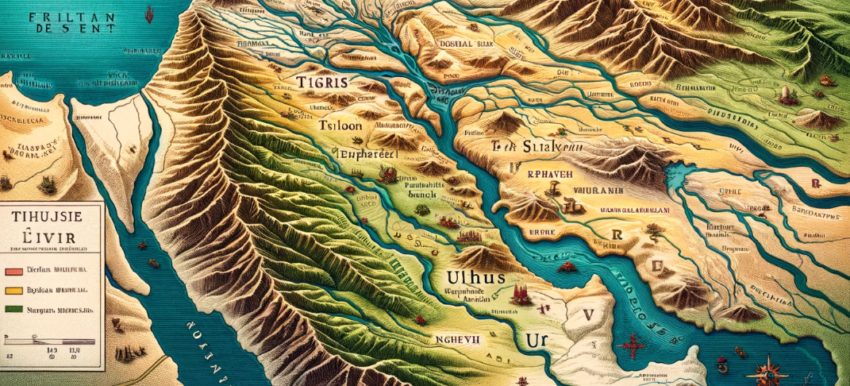Diving into the origins of Assyria takes us back to circa 2500 BC, to a region located in the upper Tigris river, part of present-day northern Iraq and eastern Syria. This civilization arose with the city of Ashur leading the way, reputedly named after its deity. Initially, its inhabitants were Sumerian and Akkadian settlers. The Assyrians established their distinct culture, language (known as Akkadian), and polity, despite living under the control of more powerful entities such as the Sumerians and later the Akkadians.
By 2025 BC, Assyria managed to obtain independence through its strong capital, Ashur. This era witnessed the rise of powerful Assyrian kings who fiercely expanded their territories, making Assyria a notable Mesopotamian empire. The evolution of Assyrian society demonstrated their remarkable ability in governance, military prowess, and contributions to art, architecture, law, and more. Their influence lay not only in power but also significantly impacted the progress of human civilization.
#1. Question text: When did the origins of Assyria start?
A is the answer. The text states that the origins of Assyria takes us back to circa 2500 BC.
#2. Question text: Where was Assyria located?
D is the answer. The text mentions that Assyria was located in the upper Tigris river, part of present-day northern Iraq and eastern Syria.
#3. Question text: Who were the initial inhabitants of the region where Assyria arose?
B is the answer. It is described in the text that the initial inhabitants of Assyria were Sumerian and Akkadian settlers.
#4. Question text: What was the language of the Assyrians?
C is the answer. The text states that the Assyrians established their language known as Akkadian.
#5. Question text: When did Assyria get its independence?
D is the answer. According to the text, Assyria managed to obtain independence by 2025 BC.
#6. Question text: Which of the following sectors did the Assyrians contribute to?
D is the answer. The text states that Assyrian society demonstrated their remarkable ability in governance, military prowess, and contributions to art, architecture, law, and more.
 |
 |





